Addressing The Anxiety Wave In Schools
Key Points
-
Anxiety is not inherently bad; let’s think of it more in terms of productive vs. unproductive.
-
Let’s show our students how to think about anxiety and focus on addressing their very real feelings.
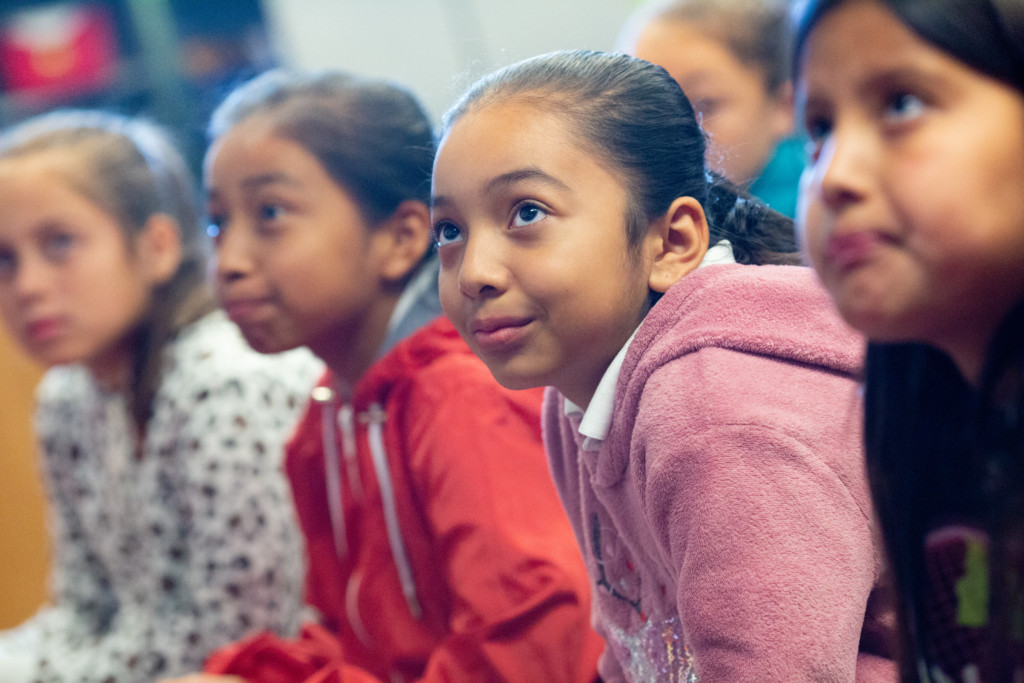
By: Stephanie Taylor
I know I’m not the only one who feels more anxious these days. I would not call myself an anxious person in any way, but the feeling settled in and seems permanent there. Should I be concerned? And, what about those around me? They also report higher levels of anxiety and emotional distress. It’s not just adults either.
Children are reporting unprecedented levels of anxiety in their day-to-day lives. In fact, researchers from the Health Resources and Services Administration found anxiety and depression among children ages 3-17 increased in the last five years and by 2020, 5.6 million children had been diagnosed with anxiety problems.
As a school psychologist, I have been taught to look at things that are different from the average. I become concerned when the assessments I use tell me a student is “clinically significant” – their scores are very different than the average. But, what happens when most of the population is struggling? Does knowing the past “average” even help anymore? Are we ALL clinically significant? We can’t be, right?
I think we might have anxiety all wrong. Let’s take a minute and reexamine its function and how to ride out this anxiety wave.
Productive vs. Unproductive Anxiety
Anxiety is not inherently bad; let’s think of it more in terms of productive vs. unproductive. As a sense of worry or unease, it can be an alert system. Sometimes it can prompt us to take action to alleviate it. I often think of the seniors I’ve worked with who were very anxious about leaving high school. Anxiety often prompted them to make a plan, get questions answered, and make some decisions. Or the kindergarteners who had so few experiences that small changes in routine would require 20 minutes of preparation and explanation. These are healthy expressions of anxiety. Our lizard brains need a way to make sense of the changes we experience as a normal part of growth. We need to know we aren’t in any danger.
Anxiety can also be unproductive. Generally, anxiety becomes problematic when it is no longer rooted in realistic concerns or when the level of anxiety is not proportional to the size of the concern. When a daily quiz or having to put their phone away prompts panic, there is likely a need to look closer.
Redefining Anxiety
Clearly, not all anxiety is the same. When we hear about the rise in anxiety, we never hear about what type of anxiety is on the rise – productive or unproductive. I feel like that is a pretty important distinction. The last 2 years have been full of uncertainty, changes, frustrations, and worries. It’s very possible the rise in anxiety is actually going to get us back to “normal.” It’s our way of identifying what isn’t working – what is unproductive. And, if we are all feeling this way, there is no clinical significance. Our “norm” has shifted. To honor this shift, we need to heed its alert. We need to embrace the lesson it’s trying to teach us; things aren’t going to just fix themselves.
Anxiety is not inherently bad; let’s think of it more in terms of productive vs. unproductive.
Stephanie Taylor
What Can Schools Do?
All any of us can do is take that first step of running a mile. Some school systems are ready to take that step, and some are halfway through their mile but the road has suddenly changed. How can we all get going in the right direction again?
Dig in.
Let’s not assume that all reports of rising anxiety are unproductive anxiety. We need to engage in conversations and counseling to find out what function anxiety is serving our students.
Use a systematic, data-based approach.
If I had a dollar for every time I’ve been in professional development about “data-based decision making” … and yet, it matters. When talking about shifting norms, it’s impossible to know what type of support our students need without some quantitative measurement. If I don’t test their reading, I won’t know their strengths and weaknesses. And yet, most students aren’t evaluated against social and emotional benchmarks in order to get the same data.
Make plans to address the missing needs.
Recent interactions with some upper elementary students highlighted to me that they had some very specific worries. Things that were mostly born out of “returning” to a routine they have not had in years. A few group sessions on social skills reestablished the social norms for them and alleviated concerns. On the flip side, conversations with some middle schoolers revealed at least one student’s significant unproductive anxiety.
Start wherever you can.
It’s much more important to start doing SOMETHING to address this rise in anxiety, rather than the perfect thing.
Students are looking to us, the adults, to show them how to deal with the feelings they are having. Many of us are having our own issues, which makes it all feel even more stressful. It comes down to modeling. Let’s show our students how to think about anxiety, let’s focus on addressing their very real feelings, let’s use this unfortunate time in human history to promote mental health, and let’s invest in what we care about…our students.
Stephanie Taylor, Ed.S, NCSP is the vice president of clinical innovation at Presence.



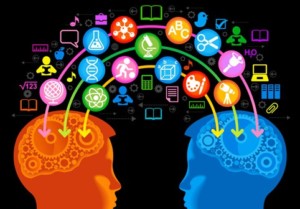
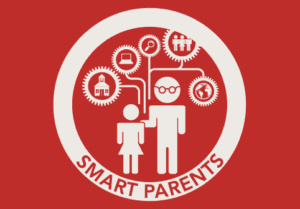
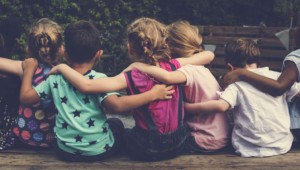
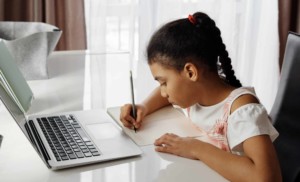
0 Comments
Leave a Comment
Your email address will not be published. All fields are required.